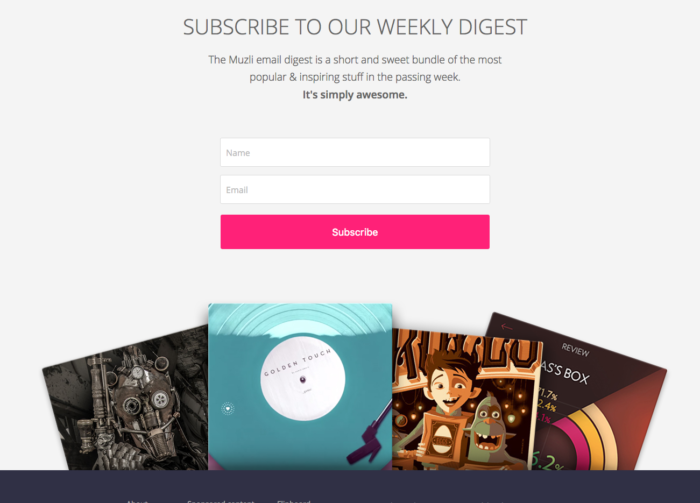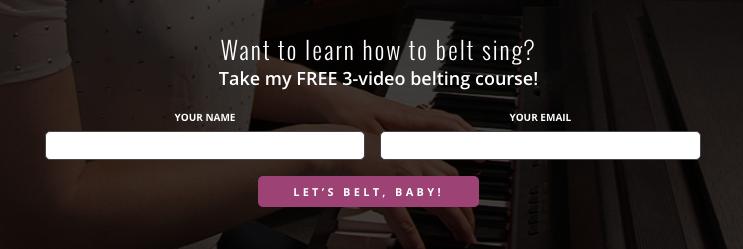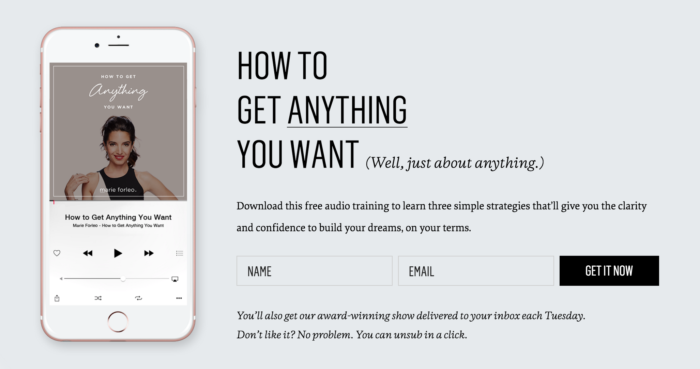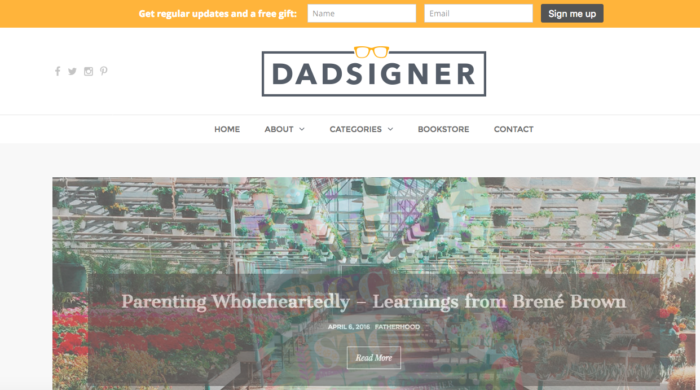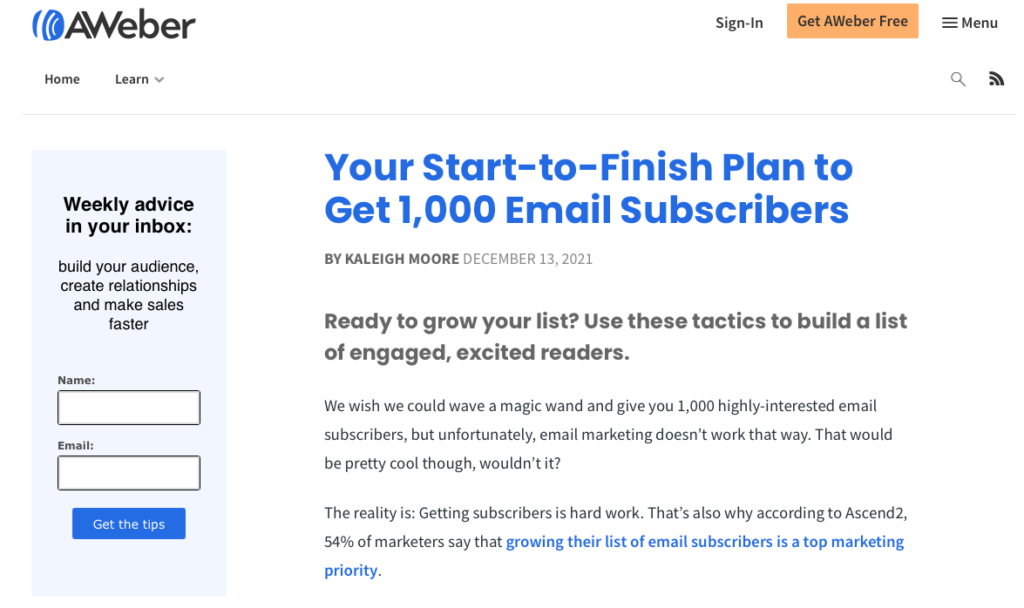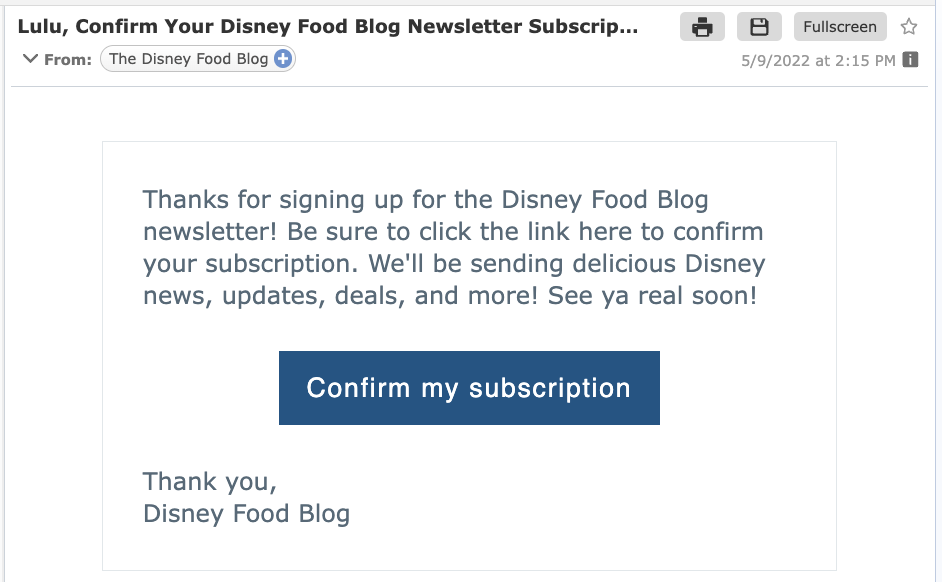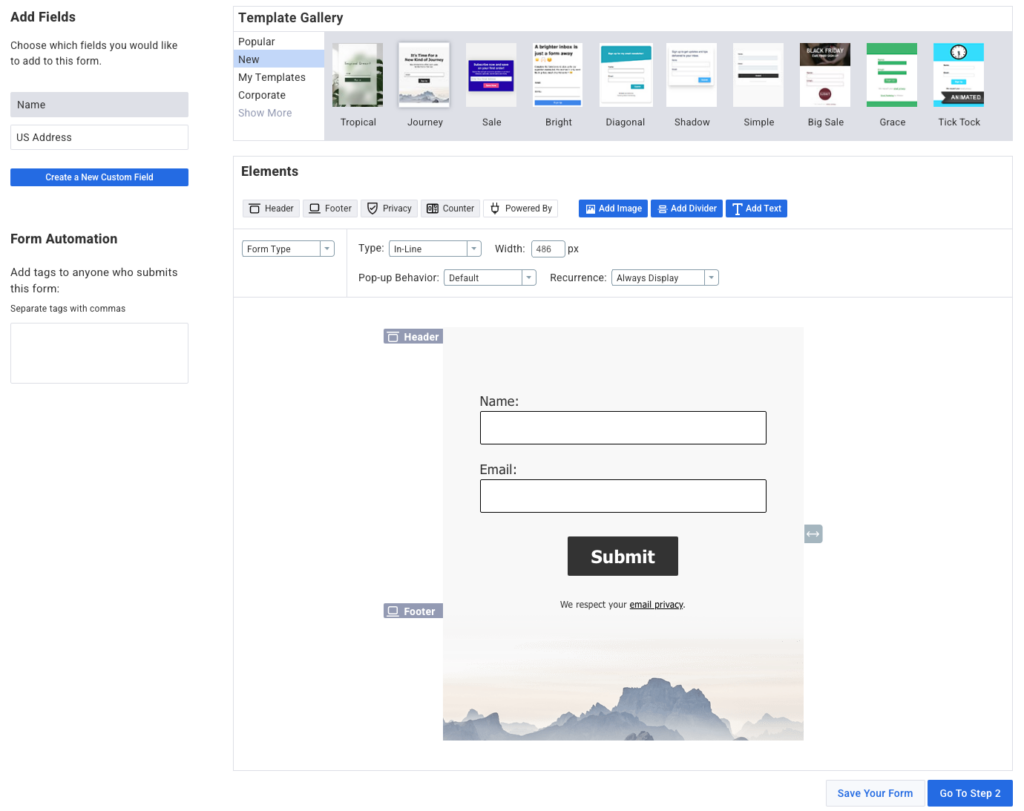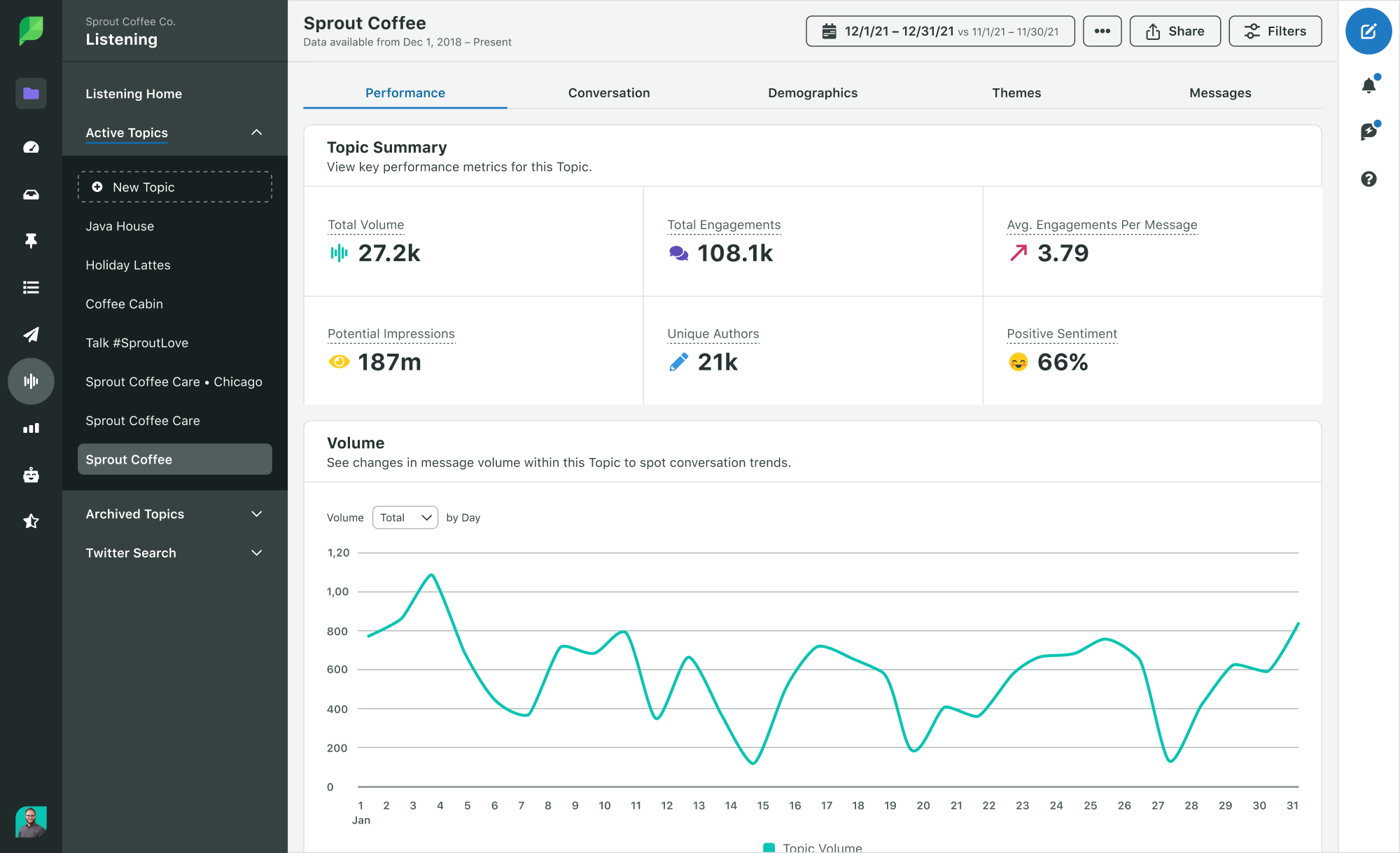Meta might be home to the biggest social networks in the world but when it comes to professionals and business marketing LinkedIn is the place to be.
These LinkedIn Statistics will show you why it is the network for professionals, especially B2B marketers, to target motivated audiences in 2023.
These LinkedIn stats will bring you up to date on the value of LinkedIn as a network, and provide insight into how to expand your reach. We will provide statistics and data from trusted sources, including the Sprout Social Index™, Social Media Trends for 2022 & Beyond. The demographic data alone could be the key to planning your LinkedIn marketing strategy for 2023.
Let’s dive in.
Table of contents:
- LinkedIn demographics statistics
- LinkedIn usage statistics
- LinkedIn advertising and marketing statistics
- LinkedIn Engagement Statistics
LinkedIn demographics statistics
1. More men use LinkedIn than women
Worldwide, men tend to use LinkedIn more than women. As of January 2022, 57.2% of users were male and 42.8% were female. The numbers of users are skewed slightly higher to male in the United States, at 58%.
Note: Sprout Social acknowledges gender beyond male and female; we are presenting the stats as reported by the source. Statista limits its gender reporting to male and female.
2. Members in the US are generally older than global users.
LinkedIn usage statistics on age of users vary globally. As of January 2023, 60% of global users were aged 25–34, representing younger millennials. Those between the ages of 18–24, mid-range Gen Z, made up 20.4% of LinkedIn users while only 2.9% of people over 55 were using the platform. No statistics were provided for users aged 35–54.
In the US, as of December 2022, 31% of users were older millennials between the ages of 30 and 39. Those aged 40–49 made up 23% of the user base, while almost 20% were primarily within the Gen Z cohort at 18–29 years old. No statistics were provided for users aged 50 and over.
So although the Gen Z user cohort appears consistent both globally and in the US, users in the United States alone tend to be a bit older.
3. At least half of LinkedIn’s members’ households earn more than $75,000
LinkedIn demographics indicate that more than half of users have higher incomes. A December 2022 survey indicated that 53% of LinkedIn users in the United States had a high monthly household income. The year before, Pew research showed that 50% of LinkedIn users had a household income of more than $75,000. That 2022 survey found that 29% of user’s households would be considered middle-income, while only 17% would be considered low-income.
This correlates with the Pew study which found that 21% of US users’ income was between $50,000 and $74,999, 21% was between $30,000 and $49,000. Only 12% of LinkedIn users had an income less than $30,000.
4. More than half of LinkedIn’s members have at least a bachelor’s degree
These LinkedIn numbers are not surprising when we consider the LinkedIn members’ education statistics. In December 2022, one third of LinkedIn members had a bachelor’s degree or its equivalent and another 23% held a master’s degree or its equivalent. Just 2% had a secondary level education. This is an 8% decline in high school users from February of 2021.
5. LinkedIn is favored by suburban and urban dwellers
A Pew research study determined that 30% of LinkedIn users lived in urban centers, 33% lived in the suburbs and only 15% lived in rural areas.
6. LinkedIn has more than 900 million member in 200 countries and regions
The question of LinkedIn usage statisticshow many users are on LinkedIn worldwide was answered in LinkedIn’s second quarter of fiscal year 2022 update. The number of current members is in excess of 900 million. And 3 new members sign up every second!
At this time, there are over 61 million companies listed on LinkedIn.
LinkedIn usage statistics

7. There are more than 199 million members in the US alone
As a country, the United States clearly represents the most members on LinkedIn. However, as a region, Asia Pacific (APAC) has the most members at 227 million. North America, or NAM, is next with 220 million members, then EMEA, Europe, the Middle East and Africa is next with 210 million. Latin America (LATAM) is last on this list with 109 million members.
LinkedIn is available in 26 languages, including Arabic, Chinese, Hindi and Turkish.
8. Most desktop traffic to LinkedIn comes from the US
With these LinkedIn numbers, it’s no surprise that the largest share of desktop traffic to LinkedIn comes from the US. As of May 2022, 31.28% of this traffic came from the United States, 7.08% came from India and 5.99% came from the United Kingdom. Brazil and Canada rounded out the top 5 with 4.39% and 4.11% respectively.
9. More than 137 million US LinkedIn members use the platform daily
In December of 2022, data indicated that 69% of US users were on LinkedIn daily, 15% used it several times a week and another 5% used it once a week. LinkedIn’s most up-to-date statistics do not contain data on the number of monthly average users (MAU). But, it was projected that in 2022 MAU in the US alone would reach 66.8 million, a 2.1 million gain over 2021.
Also, App Ape reported that 48.5% of US LinkedIn app audiences were monthly average users in 2021. In that same year, 17.1% of US Android LinkedIn app owners used the app daily.
10. The average visit to LinkedIn is just over 7 minutes long
There were 1.7 billion visits to LinkedIn in December 2022 , a 16.86% increase over November. The average visit lasted 7.27 minutes and, on average, 7.66 pages were visited. These LinkedIn stats refer only to desktop traffic.
LinkedIn advertising and marketing statistics
11. The #1 platform for B2B marketers
According to a study by LinkedIn, it’s the leading platform for lead generation. And, 4 out of 5 of its 900 million members drive business decisions. That’s over 720 million members! Even when membership was only 850 million plus, LinkedIn reached 180 million senior level influencers. And, a LinkedIn audience has twice the buying power of the average online audience.
Compared to other social channels, 82% of B2B marketers obtain their greatest success with LinkedIn. A staggering 93% of B2B marketers used LinkedIn for organic social marketing in the 12 months preceding October 2021. And 77% said they saw their best organic results from LinkedIn. Of the 77% of B2B respondents who used paid social media platforms, 75% chose LinkedIn in that same time period, saying it produced the best results. So, it’s not surprising LinkedIn generated 3.8 billion in ad revenue in 2021, which revenue is expected to increase to 7.7 billion by 2026.
12. Ads on LinkedIn do especially well
Ads on LinkedIn garner a 33% increase in purchase intent for brands. When they advertise on LinkedIn, brands can see a 2–3x lift in their brand attributes. Marketers experience a conversion rate up to 2x higher on LinkedIn. And audiences that have been exposed to brand and acquisition messages on the platform are 6x more likely to convert.
13. Highly effective channel for lead generation
LinkedIn is rated as the most effective channel for driving high-quality leads by 40% of B2B marketers. In fact, 89% of B2B marketers use LinkedIn for lead generation and 62% say it produces leads for them. It only makes matters better that LinkedIn’s cost per lead is 28% lower than Google AdWords.
And, 35% of B2B marketers ranked LinkedIn as the most important social media network overall in 2021. With all that LinkedIn has to offer marketers, it’s no surprise that 97% of B2B marketers use LinkedIn for content marketing.
According to the latest LinkedIn statistics, the platform has an audience reach of 199 million users in the US alone.
LinkedIn Engagement Statistics
14. Complete your LinkedIn page
Pages with complete information get 30% more weekly views. LinkedIn best practice is to fill in all the information including your logo, overview, organization information and so forth. Don’t forget, members can search you by keywords, so the more complete and relevant your page is, the better. Companies that have done this and are active on their pages see a 5x lift in page views, a 7x lift in average impressions per follower and an 11x lift in clicks per follower. And, companies that post on LinkedIn weekly will see a 2x higher engagement rate.
15. Listicles and LinkedIn Polls seem to do best on LinkedIn
Text only posts should not be ignored. They are still quite common on LinkedIn and can do a lot to engage your target audience when employed strategically. The character limit for posts has changed to 3000 in 2023 which can be anywhere between 500 and 1000 words. Use hashtags. They can be searched in LinkedIn, bringing users straight to your content.
An independent study of 3000 posts on LinkedIn found long-form content of 1900-2000 words seemed to get a the most views, likes, comments and shares on LinkedIn. And if those posts were broken up by 5, 7 or 9 headings they gained 50%, 33% and 47% more views than a single heading post, respectively.
Listicles, especially “how-to’s” do very well on LinkedIn. In fact, the independent study found that a “how-to” post performs 31.5% better in terms of LinkedIn analytics than all other types of posts.
LinkedIn Polls help you engage with your audience because they get to give their opinions about the questions you pose. Use them to learn about pain points, what they’re looking for from your brand and more. Your question should be engaging and relevant. You can give up to four answer choices. Use the number that will best allow your ideal audience members to share their opinions. Not only do these polls engage your audience, but you can learn a great deal about them to help you in your future marketing efforts.
This LinkedIn Poll by Sarah Johnston got 6,290 votes and 160 comments.


Imagine what you could do with the right question.
17. Images have a marked effect on engagement
Using images in your posts results in a 98% higher comment rate compared to text only posts. And for ads with a single image, larger images of 1200 x 627 pixels garner up to a 38% higher click-through rate. In the case of images, sometimes more is better. Custom collages of 3–4 images in a post perform particularly well for companies. And the independent study mentioned above indicated that posts with a single image are over 2x as engaging as a text only post. Posts with 4 images are almost 4x as engaging and those with 8 images are almost 10x as engaging. Further, having 8 images is nearly 4x as engaging as a single image post.
18. Video is becoming more impactful on LinkedIn
Video gets 5x more engagement on LinkedIn. Users will engage with video ads nearly 3x longer than other types of ads. Since videos are often watched without sound, it’s a good idea to add captions to attract and engage your audience. And, show them what you want them to see within the first 10 seconds before you lose their attention. LinkedIn’s research shows that members are 20x more likely to share a video on LinkedIn than any other type of post. Plus, 73% of B2B marketers say that video positively impacts their marketing return on investment.
According to LinkedIn, you can use YouTube videos too, and they will play directly in your feed, generally resulting in a share rate of 75%.
Video is so versatile. You can share just about anything. It doesn’t only have to be ads. You can share your brand values, news, and information on upcoming events or opinions on social issues that matter. In fact, data from the Index indicate that 71% of consumers think it’s important for brands to raise awareness and take a stand on sensitive issues. This is a great way to engage with and grow your audience, especially if you take advantage of the many tools available to you on LinkedIn.
People tend to favor short-form videos, which they find 2x more engaging than long-form videos. And, according to the Index, 34% of consumers want to see authentic, less produced videos. Only 26% would like to see polished, highly produced video.
LinkedIn Live videos get 24x more engagement than static posts. Live stream also gets 7x more reactions and 24x more comments than other videos.
You can keep up with this influx of comments from LinkedIn Live with Sprout Social’s Smart Inbox, one of its social media management tools. The Smart Inbox consolidates all of your incoming messages in one place so you don’t have to go from platform to platform to engage with your audience.

LinkedIn recommends that you have a moderator for your live streams and plan to stream for at least 15 minutes to allow your followers time to join. Your audience will keep building as you stream. Use #LinkedInLive in your stream description as well as any other relevant hashtags. This will help you grow your audience beyond your followers.
18. LinkedIn features help you extend your reach
The minimum audience size to run an advertising campaign on LinkedIn is 300 members, but you should shoot for 50,000 or more for text or single image ads. You can increase your reach by using LinkedIn’s “lookalike audience” feature. This targets people or companies with similar characteristics to your matched audience segment. Using this feature can increase the size of your original audience by up to 15x, not including your original matched audience.
And, you can extend your reach further with the LinkedIn Audience Network feature. It delivers your single image, carousel and video ads beyond your LinkedIn feed to users on third-party apps and sites.
Over 9 million users have turned on LinkedIn Creator Mode since it was launched at the beginning of 2021. Using Creator Mode allows you to grow your reach and influence by helping you establish thought leadership through the content you create and share.
To learn more about the tools you can get access to through creator mode, including LinkedIn Live, visit LinkedIn Creator Mode Help/Answer.
Creator Mode can have a profound impact for marketers. Thought leadership is critical to 79% of potential buyers in determining which providers they want to learn more about. And 70% of potential B2B buyers say LinkedIn is one of the most trusted sources of that information. Another 75% say thought leadership helps them determine which vendors to choose.
Thought leadership important to 90% of B2B decision makers. Almost half of all C-suite executives will spend at least one hour per week engaged with this type of content.
Improve your LinkedIn marketing strategy in 2023
In 2022, LinkedIn was ranked number 7 in the top ten fastest growing brands worldwide, based on brand value growth (68%). It was one of only two social media networks in the rankings; YouTube was the other. And LinkedIn’s tools, such as Creator Mode and Audience Network, help you to extend your reach and engage new audiences. As these LinkedIn statistics and data have shown, executives, decision makers, buyers and marketers are all networking and growing their business on LinkedIn. Isn’t it time you used LinkedIn for business? Sprout has all the tools you need to do so effortlessly, including the Smart Inbox to help you keep the conversation going smoothly across social platforms.
The post LinkedIn statistics marketers should know in 2023 appeared first on Sprout Social.
from Sprout Social https://ift.tt/t2HpEgJ
via IFTTT

